Lightning has been illuminating Earth’s skies for billions of years, long before humans evolved to witness its power. When we consider prehistoric landscapes and ecosystems, we often overlook the profound impact that natural phenomena like lightning may have had on shaping our planet’s development. One fascinating question emerges: could lightning strikes have been responsible for prehistoric wildfires that altered landscapes, influenced plant evolution, and even impacted early human development? This article explores the compelling evidence and theories surrounding lightning-induced prehistoric wildfires and their far-reaching consequences.
The Ancient Relationship Between Lightning and Fire
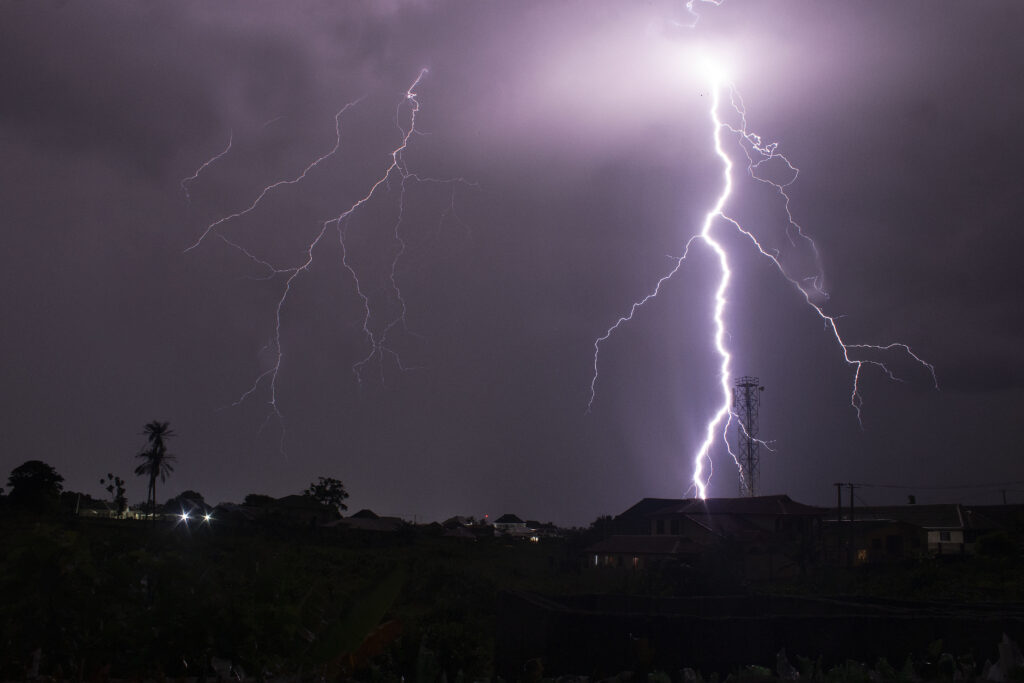
Lightning has been striking Earth since the formation of our atmosphere, creating a natural ignition source for combustible materials long before humans mastered fire. This relationship between lightning and fire predates humanity by millions of years, making it one of nature’s oldest partnerships. Scientists estimate that lightning strikes Earth approximately 8 million times per day globally, with each strike capable of heating the air to temperatures five times hotter than the sun’s surface. These incredible temperatures can instantly ignite dry vegetation, creating the perfect conditions for wildfire initiation. Geological evidence suggests this process has remained relatively unchanged for millions of years, creating a consistent pattern of natural fire across Earth’s history.
Evidence in the Geological Record
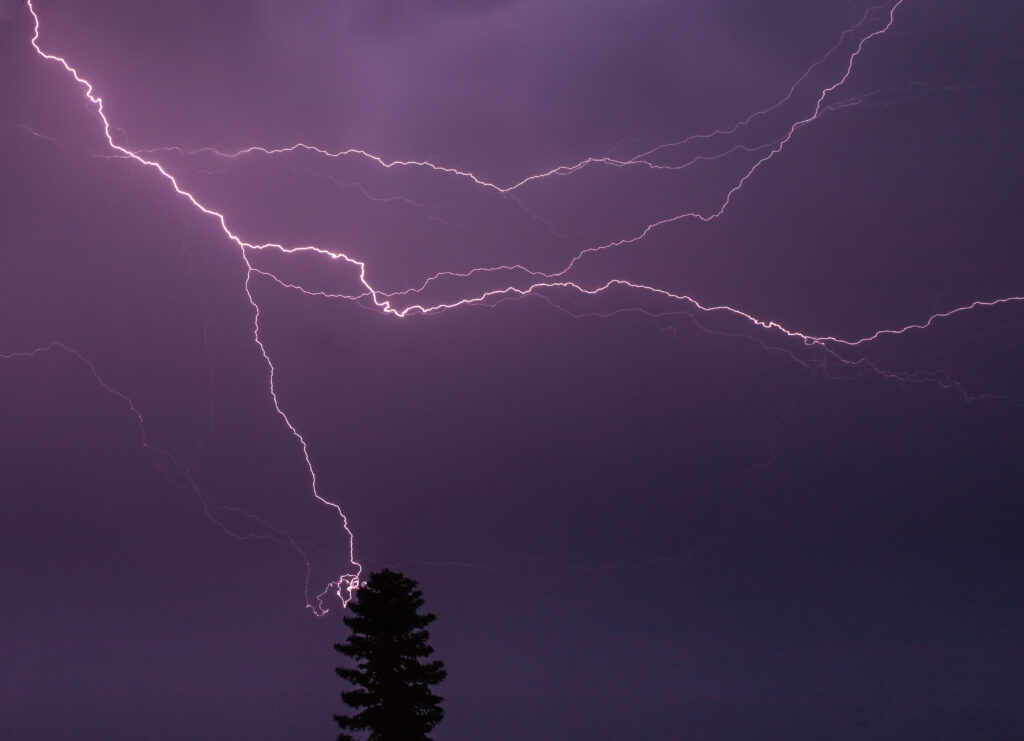
The geological record offers compelling evidence for prehistoric wildfires through the presence of charcoal deposits and fossil charcoal (fusain). These carbonized remains of ancient vegetation provide a direct window into prehistoric fire events, with some deposits dating back to the Silurian period over 420 million years ago. Sedimentary layers containing charcoal tell stories of ancient landscapes periodically transformed by flame. Scientists have developed sophisticated methods to analyze these charcoal fragments, determining not only the presence of fires but also their intensity, frequency, and the types of vegetation consumed. Some particularly revealing charcoal deposits coincide with periods of increased atmospheric oxygen and warmer global temperatures, conditions that would have favored both lightning activity and fire spread.
The Oxygen Factor in Prehistoric Fires
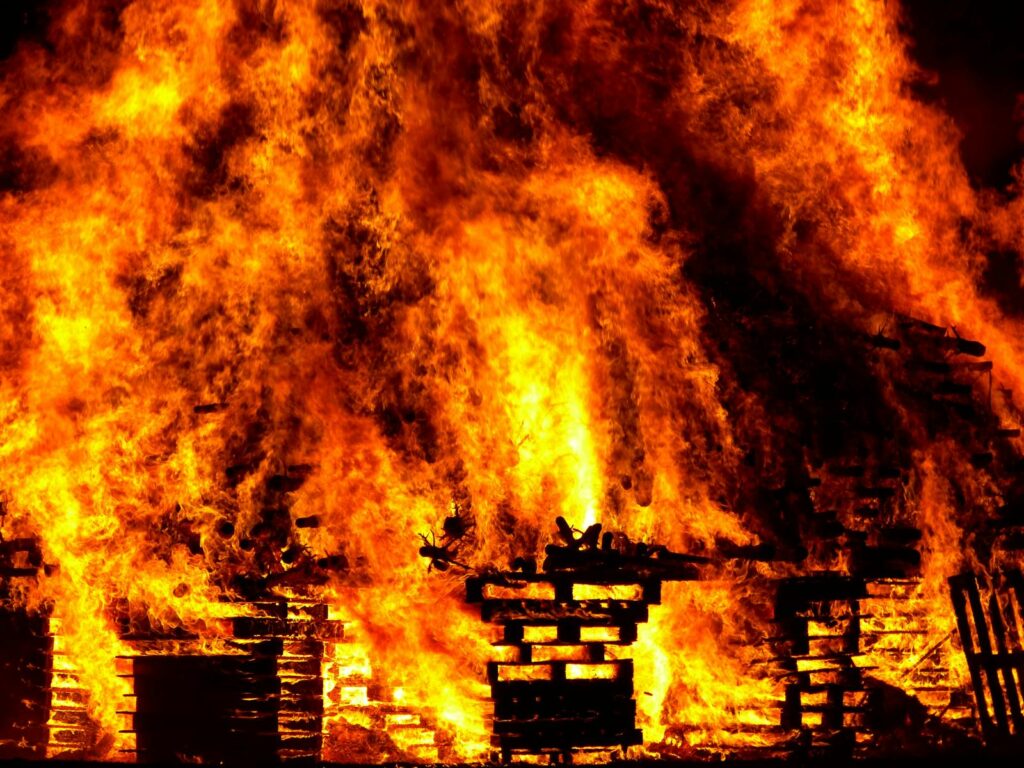
Atmospheric oxygen levels have fluctuated dramatically throughout Earth’s history, significantly influencing fire frequency and intensity. During the Carboniferous and Permian periods (approximately 360-250 million years ago), oxygen levels reached nearly 35% compared to today’s 21%, creating conditions extraordinarily conducive to fire ignition and spread. Under these oxygen-rich conditions, even damp vegetation could burn, and lightning strikes would have triggered wildfires of unprecedented scale and intensity. Paleoclimatologists have identified these periods as “high-fire regimes” based on abundant charcoal deposits in the geological record. The relationship between oxygen levels, lightning, and fire represents a fascinating feedback loop in Earth’s environmental history, with each element influencing the others in complex ways.
Lightning Patterns in Prehistoric Climates
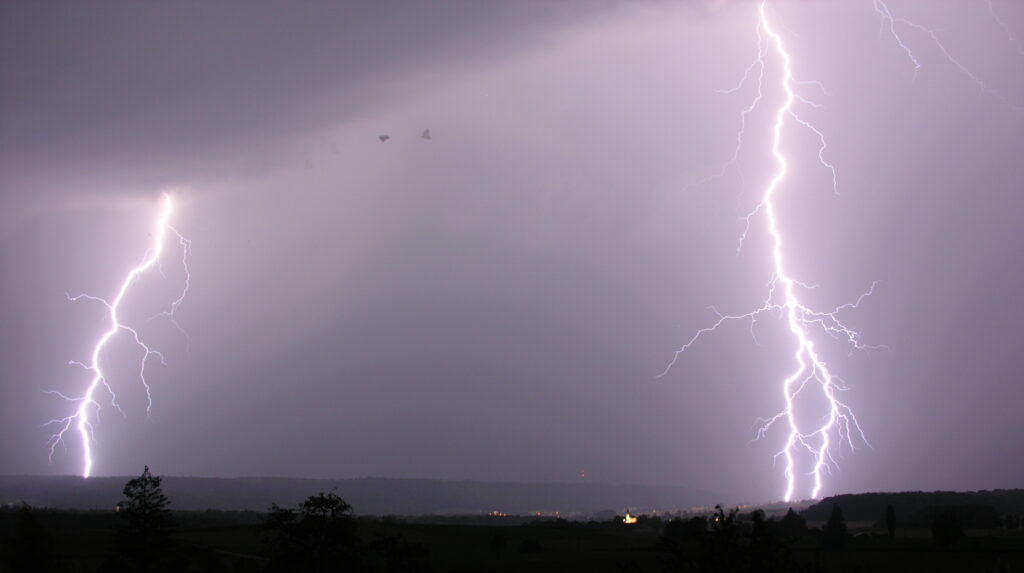
Climate models suggest that lightning activity varies with global temperature, potentially creating periods of increased strike frequency throughout Earth’s history. During warmer prehistoric periods, the atmosphere would have contained more energy and water vapor, creating ideal conditions for thunderstorm development and lightning generation. Some research indicates that lightning strikes might increase by up to 12% for every degree Celsius of warming, suggesting that during warm prehistoric periods, lightning would have been significantly more common than today. These increased strikes, combined with seasonal dry periods, would have created perfect conditions for wildfire ignition across vast landscapes. Evidence from paleoclimate studies suggests that the late Cretaceous period experienced particularly intense lightning activity due to its greenhouse climate conditions.
Fire-Adapted Plants: An Evolutionary Response
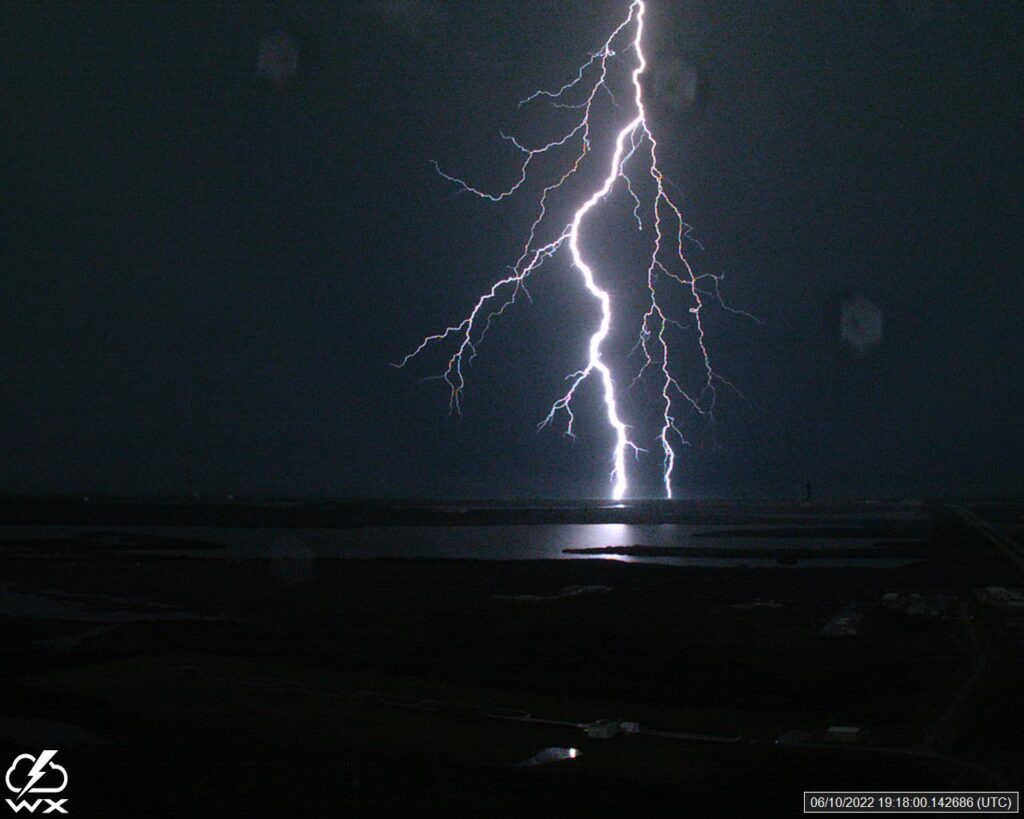
The prevalence of lightning-induced wildfires over millions of years likely shaped plant evolution, encouraging the development of fire-adaptive traits in many species. Remarkably, several modern plant families show fire-adapted characteristics that evolved millions of years ago in response to regular burning. For example, certain pine species developed serotinous cones that only release their seeds when exposed to the intense heat of fire, ensuring regeneration specifically after wildfire events. Other adaptations include thick, insulating bark, fire-activated germination, and the ability to resprout from roots after above-ground portions are burned. These traits appear in the fossil record dating back tens of millions of years, suggesting that lightning-sparked fires were common enough to drive significant evolutionary adaptations.
The Impact on Prehistoric Megafauna

Lightning-triggered wildfires would have significantly impacted prehistoric animal populations, potentially driving both behavioral and evolutionary adaptations. Large herbivores like mammoths and ancient bison would have developed migration patterns to avoid fire-prone areas during dry seasons, while potentially taking advantage of post-fire growth in other seasons. Predators would have adapted hunting strategies to take advantage of prey displacement during fire events. Evidence from fossil bones occasionally shows fire damage, suggesting direct mortality from prehistoric wildfires. Additionally, the landscape mosaic created by repeated burning would have influenced the distribution of food sources and shelter, directly shaping animal ranges and behaviors over evolutionary time.
The Global Distribution of Prehistoric Lightning Fires
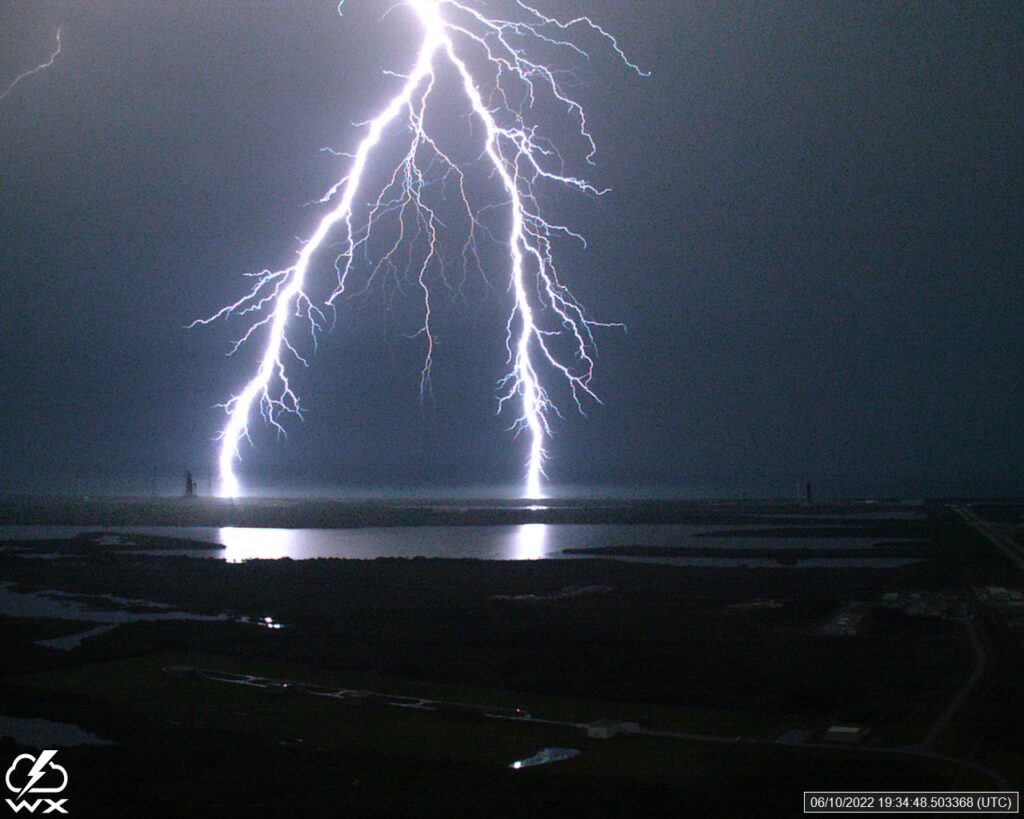
Lightning-induced wildfires were not uniformly distributed across prehistoric landscapes, with some regions experiencing more frequent burning than others. Areas with pronounced dry seasons, such as prehistoric savannas and Mediterranean-type ecosystems, would have been particularly susceptible to lightning fires. Paleoenvironmental studies suggest that prehistoric Australia, parts of Africa, and certain regions of North America experienced especially frequent lightning fires due to their climate patterns. In contrast, persistently humid environments like tropical rainforests would have experienced fewer lightning-induced fires despite high lightning activity, as the consistently damp vegetation resisted ignition. This uneven distribution of fire helped create the diverse mosaic of ecosystems that characterized Earth before human influence.
Lightning Fires and Early Human Evolution

There’s compelling evidence that lightning-induced wildfires played a significant role in human evolution by creating open grassland habitats favorable to early hominids. As forests burned and gave way to savannas in parts of Africa between 2-3 million years ago, our ancestors adapted to these new environments through bipedal locomotion and other evolutionary changes. These natural fire regimes would have also provided early humans with opportunities to observe and eventually harness fire. Anthropologists suggest that before humans could create fire, they likely “captured” it from natural sources like lightning strikes, maintaining it for extended periods. This relationship with natural fire represents one of humanity’s earliest interactions with a powerful natural force that would eventually become a cornerstone of human technological development.
The Difference Between Lightning and Human-Caused Fires
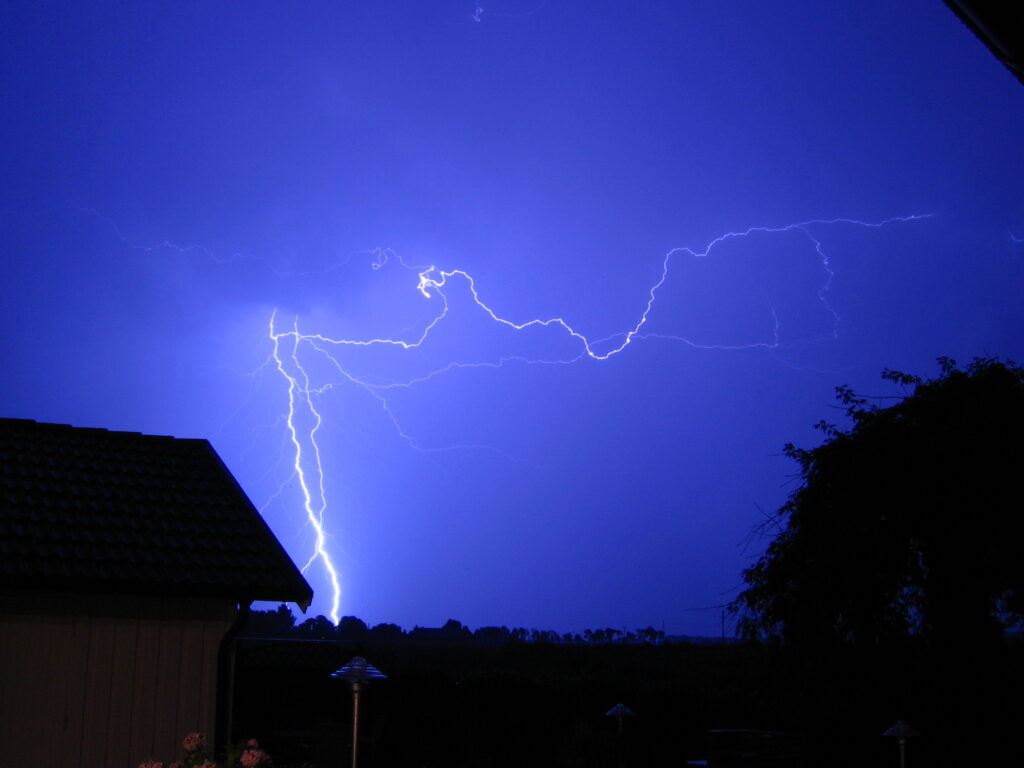
Lightning-caused fires differ significantly from human-caused fires in several important ecological aspects. Natural lightning fires tend to occur during specific weather conditions and seasons, creating a predictable fire pattern that ecosystems have adapted to over millions of years. These natural fire regimes typically resulted in mosaic burning patterns—some areas burned intensely while others remained untouched, creating diverse habitat patches. In contrast, human-caused fires often occur in different seasons, at different frequencies, and with different distributions than lightning fires. Archaeological evidence shows that once humans mastered fire control approximately 400,000 years ago, they began altering natural fire regimes, sometimes increasing fire frequency beyond what ecosystems had evolved to withstand. This fundamental difference helps explain why some ecosystems struggle to recover from modern human-caused fire patterns.
Massive Lightning Storms of Prehistory
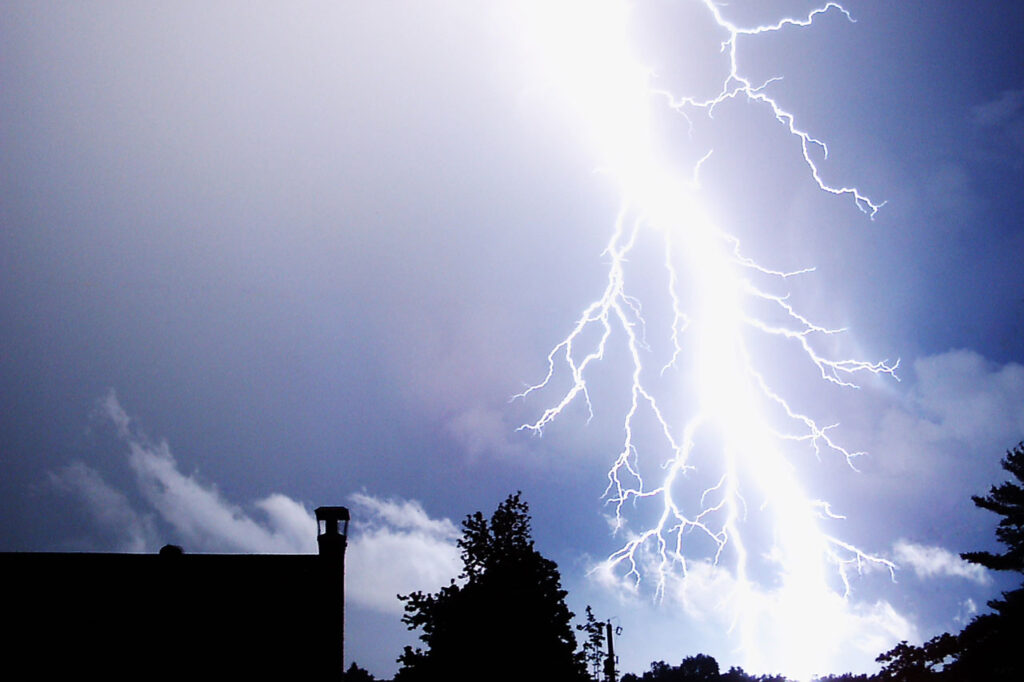
Paleoclimate research suggests that Earth occasionally experienced periods of extraordinarily intense lightning activity that would have triggered widespread fire events. During major climate transitions, such as those at the boundaries between geological periods, atmospheric instability likely generated lightning storms of unprecedented scale and intensity. One particularly intriguing theory proposes that the Permian-Triassic boundary, marked by Earth’s most severe extinction event approximately 252 million years ago, saw massive lightning storms triggered by volcanic emissions and atmospheric chaos. These storms would have ignited vast wildfires across already stressed ecosystems. Evidence for such extraordinary fire events appears in geological strata as unusually thick and widespread charcoal deposits, sometimes extending across entire ancient continents.
Modern Analogues for Prehistoric Lightning Fires
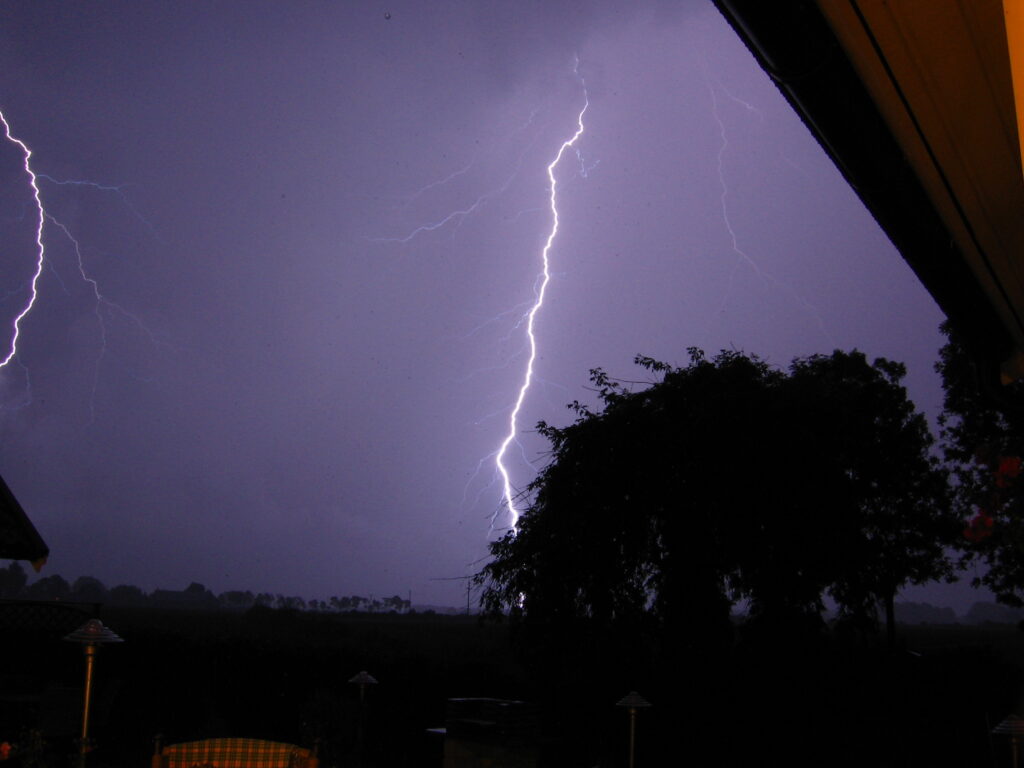
Studying contemporary lightning-triggered wildfires in remote regions provides valuable insights into prehistoric fire patterns. Areas like the boreal forests of Russia and Canada, remote parts of Australia, and certain wilderness regions in Africa still experience primarily lightning-ignited fire regimes with minimal human interference. These modern examples demonstrate how lightning creates natural fire breaks, maintains ecosystem diversity, and regulates forest density and composition. Long-term studies in Yellowstone National Park, for instance, show how lightning-ignited fires create a self-regulating ecosystem with patterns likely similar to those of prehistoric landscapes. By observing these contemporary natural fire regimes, scientists can better reconstruct the role lightning fires played in shaping Earth’s ancient ecosystems.
Future Research Directions

The study of prehistoric lightning fires continues to evolve as new research methods emerge. Advanced charcoal analysis techniques can now differentiate between lightning-caused and other fire sources based on temperature signatures and burn patterns preserved in ancient charcoal. Ongoing research using climate modeling aims to reconstruct prehistoric lightning patterns with greater precision, potentially revealing how these patterns shifted with changing climates. Interdisciplinary approaches combining paleobotany, geochemistry, and atmospheric science promise to reveal even more about the relationship between lightning and fire throughout Earth’s history. Particularly exciting is the emerging field of ancient DNA recovery from charcoalified plant remains, which may eventually allow scientists to study the genetic responses of plants to prehistoric fire regimes.
Implications for Understanding Modern Wildfires
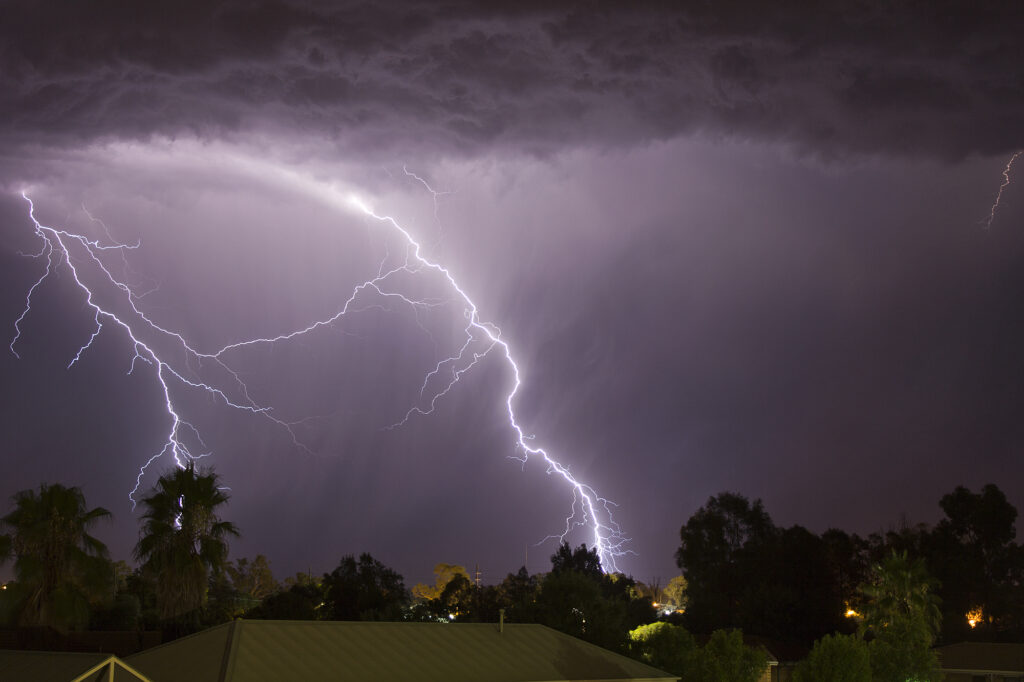
Our understanding of prehistoric lightning fires provides valuable context for managing modern wildfire challenges. By recognizing that many ecosystems evolved with regular lightning-ignited fires, land managers can implement more effective controlled burning programs that mimic natural fire patterns. This perspective helps explain why fire suppression policies often lead to catastrophic wildfires—they allow unnatural fuel accumulation in systems that evolved with frequent, lower-intensity burns. Climate change is altering modern lightning patterns, potentially creating fire regimes unlike those that shaped our ecosystems over millions of years. By studying the prehistoric relationship between lightning and fire, scientists gain insights that help predict and manage future fire patterns in a warming world with altered precipitation and lightning activity.
Conclusion
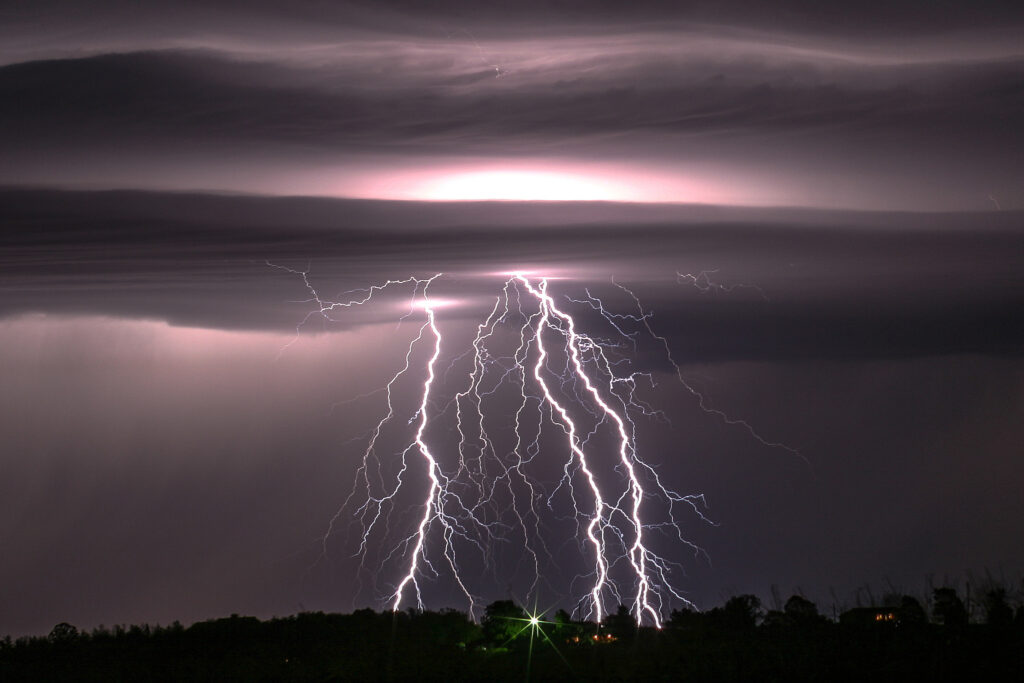
The evidence strongly suggests that lightning strikes were indeed responsible for prehistoric wildfires that shaped Earth’s landscapes and ecosystems for millions of years before humans emerged. These natural fires influenced plant evolution, animal behavior, and eventually human development, creating the fire-adapted world we inhabit today. As we face increasing wildfire challenges in the modern era, understanding this ancient relationship between lightning and fire provides a valuable perspective. Lightning-ignited wildfires weren’t merely destructive forces but essential ecological processes that helped create and maintain Earth’s biodiversity over vast periods. By appreciating this long history, we gain insights into how we might better coexist with fire in our increasingly complex relationship with the natural world.




